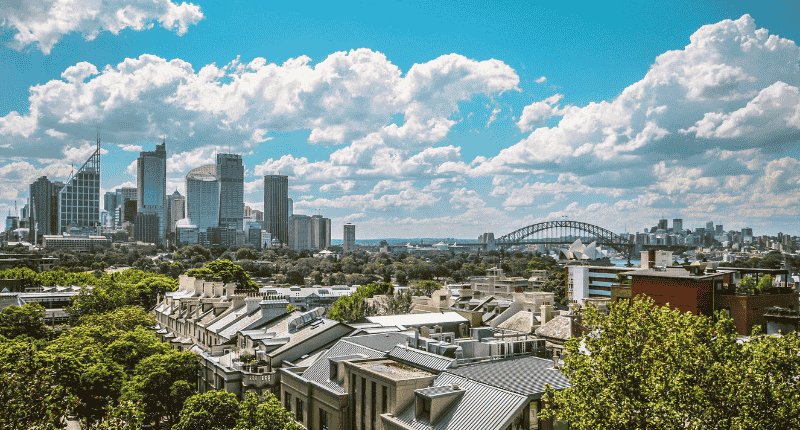
- Australians are increasingly moving back to cities, with significant rises in urban housing approvals.
- Housing approvals in regional areas are decreasing due to higher prices and slower new supply.
- Rapid urban growth is straining existing infrastructure, highlighting the need for better planning and investment.
In the wake of their “Death of the Sea Change” report, Qi Chen, CEO and Cofounder of OpenLot and contributor to The Property Tribune, shares insights into the data showing more Australians are moving back to the cities, and what this will mean for real estate agents, mortgage brokers, and property investors.
The pandemic, high city home prices, and remote working prompted many Australians in recent years to rethink their lifestyles and embrace the so-called “sea change” and “tree change.” But new data reveals that trend is rapidly reversing.
In 2022, it seemed like everyone was eager to leave the cities behind and move to a regional area, where they could work remotely and enjoy nature. Our analysis of the latest Australian Bureau of Statistics data shows a clear shift: Australians are once again flocking back to the cities.
At OpenLot, we see this shift every day. Our users are buying new house and land packages, and we can see where their demand is growing and where it is shrinking.
The ABS’s housing approval numbers for FY24 (that is the year ending in June 2024) are telling. Across the country, capital cities are dominating new house approvals, while regional areas are experiencing a slowdown. This trend isn’t just a blip; it’s a significant change in how Australians view housing.
Urban Living on the Rise
Take Perth, for example. The number of new houses approved in Greater Perth surged by 24.6% in FY24. At the same time, Western Australia’s regional areas saw a 1.1% decline. Perth isn’t an outlier either.
Similar patterns are playing out across the country. In Greater Brisbane, new house approvals climbed by 8.8%, while in regional Queensland, they dropped by 9%. Even Greater Melbourne, where new housing approvals grew modestly by 2%, far outpaced regional Victoria, which saw a decline of more than 13%.
Why this shift? The first factor is that the allure of remote work in a regional setting has faded. People want to be close to the amenities and opportunities that cities provide. Another factor is that home prices in regional areas have climbed since the pandemic and no longer offer as significant an affordability advantage. Finally, much of the supply of new housing in regional areas has been bought. New supply is coming onto the market much more slowly than around the capital cities.

The Infrastructure Problem
As more people return to the cities, the issue of infrastructure becomes critical. New housing is booming in some of the fastest-growing areas, but the infrastructure simply isn’t keeping up.
Take the example of Austral in Sydney’s west. Fifteenth Avenue, a small two-lane country road, is the primary access point for thousands of new residents. Traffic jams are common, and the road is simply not built for the current level of demand. Without proper infrastructure investment, these newly developed urban fringes could face long-term challenges.
In Melbourne, the story is the same. Victoria leads the country in land development, with the largest land pipeline in the nation. But even here, the infrastructure—schools, roads, childcare facilities, public transport—is lagging behind. Our data shows that while there is no shortage of new housing being built, there is a significant gap when it comes to the services that make these areas liveable.
On the other hand, some major new infrastructure projects are coming into existence. Sydney’s new Metro is Australia’s largest infrastructure project. Already on its second day, 55,000 passengers rode the new line under the harbour during the morning peak. At a cost of $21.6 billion, it has dramatically improved access to new new house markets near its route.
What’s Next?
As we look ahead to FY25, it’s clear that this urbanisation trend will continue. In Victoria, regional areas like Ballarat, Warrnambool, and Mornington Peninsula were once hotspots for new housing. Now, they are seeing double-digit declines in new approvals. The sea change/ tree change is losing steam, and without significant improvements in new supply, I don’t see that changing anytime soon.
In conclusion, Australia’s housing market is shifting back to the cities, but we need to ensure that the infrastructure can support this growth. The demand is there, but the question is: are we prepared to meet it?







